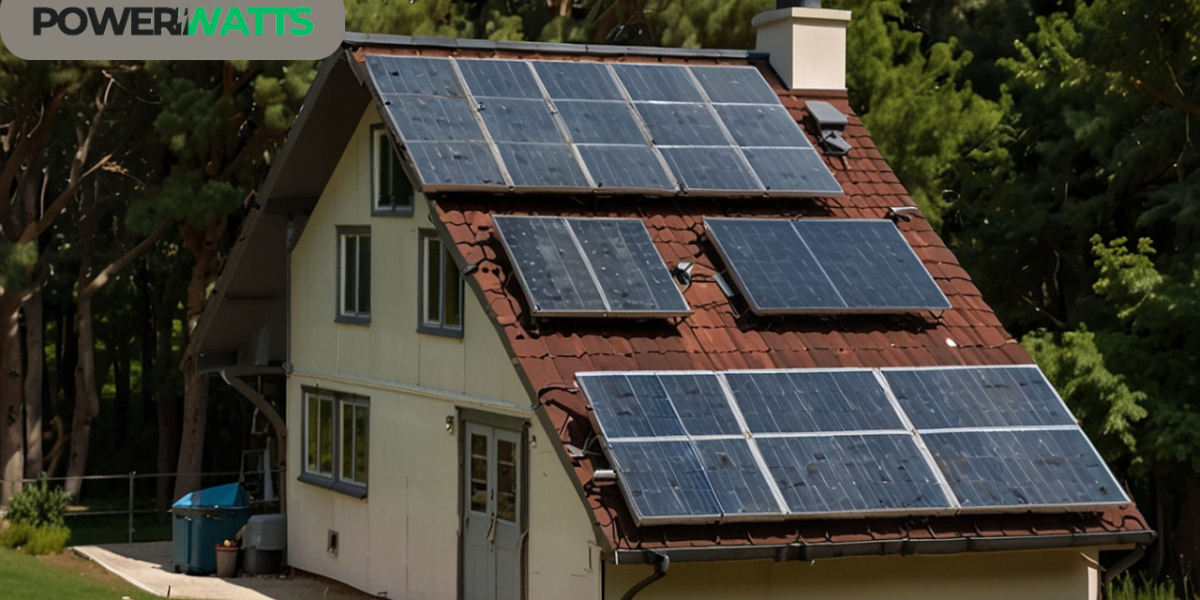Switching to a 10 kW solar system is an excellent way to power a larger home or small business, potentially cutting utility costs and contributing to a sustainable future. A 10 kW solar system can generate enough electricity to offset significant portions of energy consumption, depending on location and sunlight exposure. However, understanding the cost factors and what influences the price of this system is key to making an informed investment. This guide outlines the primary costs and considerations involved in a 10 kW solar installation.
What is a 10 kW Solar System?
A 10 kW solar system consists of a set of solar panels capable of generating up to 10 kilowatts (kW) of electricity under ideal conditions. This amount of power is typically enough to support a larger household’s daily energy needs or supplement power for a small business. In terms of energy generation, a 10 kW system can produce about 30-40 kWh per day or 9,000-12,000 kWh annually in areas with good sunlight exposure.
Average Cost of a 10 kW Solar System
The average cost of a 10 kW solar system in the United States typically ranges between $20,000 and $30,000 before incentives. However, the final price depends on a variety of factors, including equipment quality, labor, and location. After incentives, like the Federal Solar Investment Tax Credit (ITC) and state-level rebates, the net cost can be significantly reduced, bringing the final price closer to $14,800 - $22,200.
Factors Influencing the Cost of a 10 kW Solar System
Several elements contribute to the total cost of a 10 kW solar system, including:
1. Quality of Solar Panels
The efficiency and brand of solar panels impact both the initial price and long-term value of the system. High-efficiency panels, such as those produced by SunPower or LG, are often more expensive but generate more power per square foot, maximizing space and improving performance over time. Lower-cost panels may be less efficient, requiring more roof space to achieve the same output.
2. Type of Inverter
Inverters convert the direct current (DC) electricity generated by the panels into alternating current (AC), which is used by most household appliances. The cost of an inverter varies based on its type:
- String Inverters: More affordable but less flexible with shading issues.
- Microinverters: Offer panel-level monitoring and handle shading better, but are pricier.
- Power Optimizers: A hybrid option, often used with string inverters to enhance efficiency.
3. Battery Storage Options
Adding a solar battery to your system increases the overall cost but provides the benefit of energy storage for nighttime or outages. Popular battery options, such as the Tesla Powerwall or LG Chem RESU, can add anywhere from $5,000 to $10,000 to the total cost, depending on the battery’s capacity and brand.
4. Installation Costs and Labor
Labor costs can vary depending on the complexity of the installation, roof type, and geographic location. Installations in areas with a higher cost of living, such as California, tend to be more expensive. Flat roofs, steeply pitched roofs, or those made of complex materials may also incur additional labor fees.
5. Permits and Inspection Fees
Permits and inspections are necessary for connecting the solar system to the grid. Costs for these permits vary by city or county but typically range between $300 and $1,000. Some solar companies include permit fees in their quotes, while others do not, so be sure to clarify with your installer.
6. Federal and State Incentives
Federal Solar Investment Tax Credit (ITC) allows for a 26% deduction of solar installation costs on federal taxes. Additionally, various states offer their own solar incentives, such as rebates, credits, and property tax exemptions, which can help reduce upfront expenses. Some utility companies also provide net metering, allowing homeowners to sell excess electricity back to the grid, reducing long-term costs.
7. Solar System Maintenance
Although solar systems require minimal maintenance, occasional cleaning, inspection, or inverter replacement can add to the overall cost. It’s important to ask about warranties, as a long-term warranty can offset some maintenance expenses. Many solar providers offer warranties covering both equipment and performance for up to 25 years.
Expected Savings with a 10 kW Solar System
Installing a 10 kW system can yield substantial savings on electricity bills. If your household consumes around 900-1,200 kWh per month, a properly functioning 10 kW system can cover a significant portion of your energy needs, depending on sun exposure. Over 20-25 years, these savings can add up to $30,000 to $50,000 or more, depending on your local electricity rates.
Payback Period and Return on Investment (ROI)
The payback period for a 10 kW system typically falls between 6 to 10 years, depending on installation costs, energy consumption, and available incentives. After this period, your system will essentially generate “free” electricity, leading to a high ROI over the system’s 25-30 year lifespan.
Is a 10 kW Solar System Right for You?
A 10 kW solar system is ideal for:
- Large Homes or Small Businesses: Suitable for properties with higher electricity consumption.
- Families with High Daytime Usage: Perfect if you spend a lot of time at home or operate a business during daylight hours.
- Homes with Sufficient Roof Space: A 10 kW system generally requires around 500-700 square feet of roof space, so it’s crucial to have ample room for optimal setup.
Conclusion
A 10 kW solar system represents a significant investment but offers substantial savings and environmental benefits in the long run. By considering factors like equipment quality, installation costs, incentives, and battery storage, you can make a well-informed decision. With proper maintenance and care, a 10 kW system can power your home efficiently for decades, providing reliable energy savings and reducing your carbon footprint.

![[Dial Now QB]] How To CONTACT QuickBooks Enterprise Help?? …](https://f002.backblazeb2.com/file/yoosocial/upload/photos/2024/10/DnWOqEidjxmVIW6xstGm_25_e76dd4323f39606bd6425af3a16eb79a_image.jpg)






